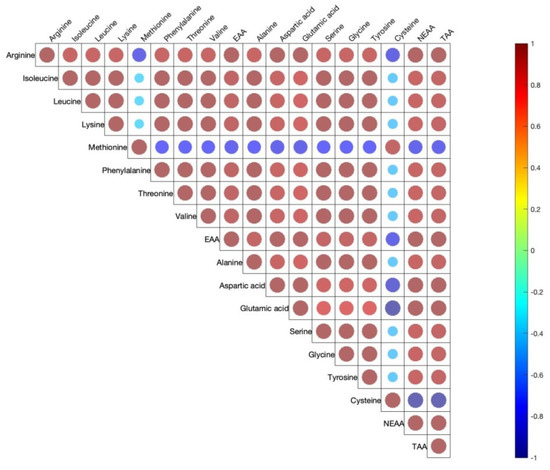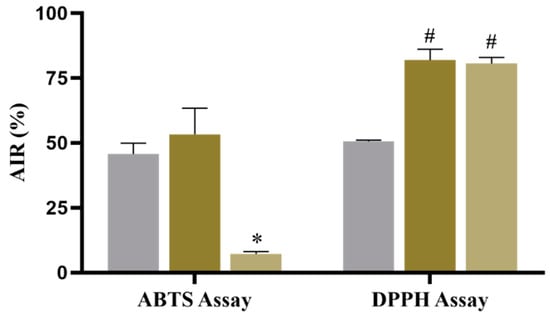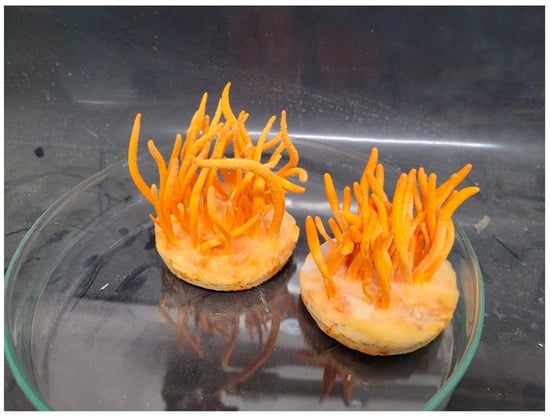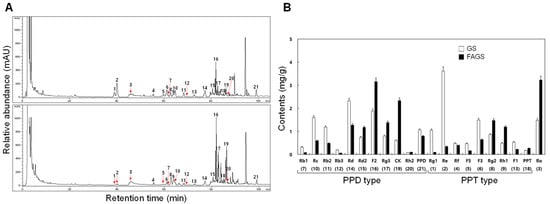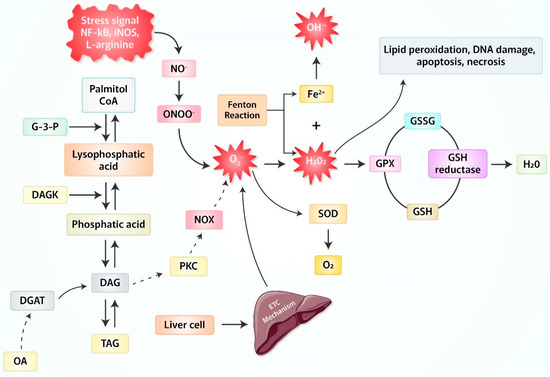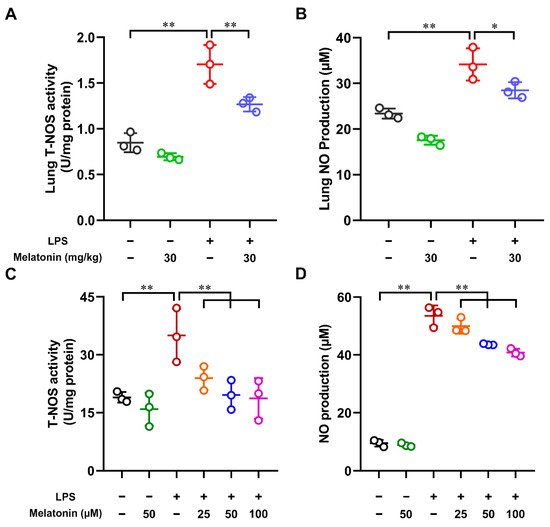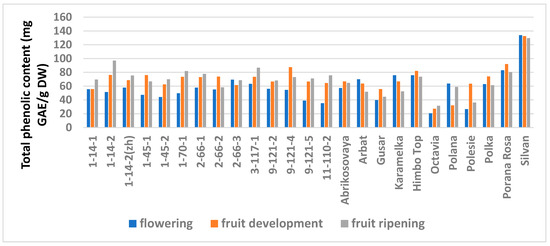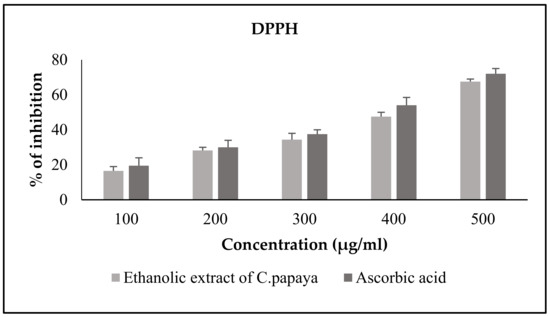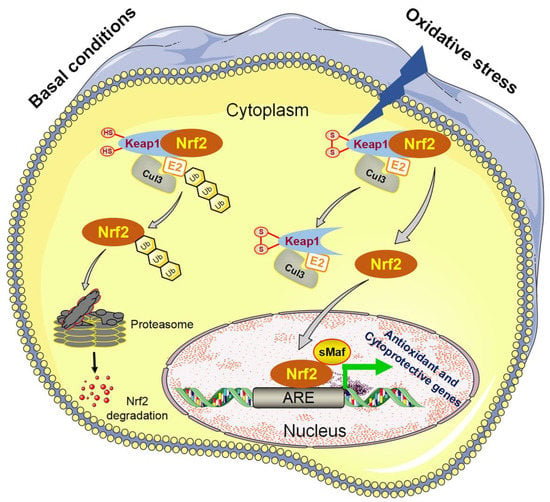Antioxidants 2022, 11(10), 1849; https://doi.org/10.3390/antiox11101849 - 20 Sep 2022
Cited by 23 | Viewed by 3971
| Correction
Abstract
The main objective of this work is to evaluate the potential utility of an Achillea millefolium extract (yarrow extract, YE) in the control of H. pylori infection. The supercritical anti-solvent fractionation (SAF) process of YE allowed the obtaining of two different fractions: yarrow’s
[...] Read more.
The main objective of this work is to evaluate the potential utility of an Achillea millefolium extract (yarrow extract, YE) in the control of H. pylori infection. The supercritical anti-solvent fractionation (SAF) process of YE allowed the obtaining of two different fractions: yarrow’s precipitated fraction (YPF), enriched in most polar phenolic compounds (luteolin-7-O-glucoside, luteolin, and 3,5-dicaffeoylquinic acid), and yarrow’s separator fraction (YSF), enriched in monoterpenes and sesquiterpenes, mainly containing camphor, artemisia ketone, and borneol. YE was effective in reducing reactive oxygen species (ROS) production in human gastric AGS cells by 16% to 29%, depending on the H. pylori strain. YPF had the highest inhibitory activity (38–40%) for ROS production. YE modulated the inflammatory response in AGS gastric cells, decreasing IL-8 production by 53% to 64%. This IL-8 inhibition also showed a strain-dependent character. YPF and YSF exhibited similar behavior, reducing IL-8 production, suggesting that both phenolic compounds and essential oils could contribute to IL-8 inhibition. YSF showed the highest antibacterial activity against H. pylori (6.3–7.1 log CFU reduction, depending on the strain) and lower MIC (0.08 mg/mL). Results obtained have shown that YE and SAF fractions (YPF and YSF) were effective as antioxidant, anti-inflammatory, and antibacterial agents regardless of the H. pylori strain characteristics.
Full article
(This article belongs to the Special Issue Advances in the Astonishing World of Phytochemicals: State-of-the-Art for Antioxidants)
►
Show Figures

